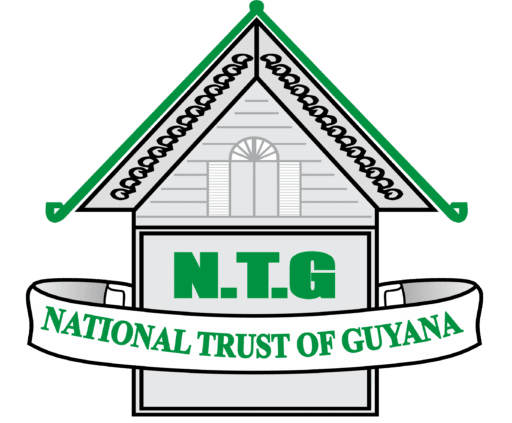Location: Beterverwagting, East Coast Demerara
Classification: Commemorative Monument
Period/ Year Built: 1996
Historical Background / Description:
The freeing of slaves throughout the British colonies seem realistic when the Emancipation Bill was approved in Great Britain on August 18, 1833. The final Act took effect on August 1, 1834, and this day was declared a public holiday in British Guiana by Governor Sir James Carmichael Smyth. However, the supposedly freed slaves were forced back onto the plantations to work as there was a binding condition to the Emancipation Act which stipulated a period of apprenticeship; six years for field slaves and four years for house slaves. Apprenticeship did not offer any better treatment and many continue to face the same harsh treatment as they did under slavery. By 1838, the British Government felt that it would cause tension if one set of apprenticeship workers (‘house slaves’) were set free while the others (‘field slaves’) had to endure two more years of hardship and so on August 1, 1838, all apprenticeship workers were free.
With Emancipation, many of the enslaved shun away from plantation life and some earned a living by planting cash crops while others were employed for their skills. As time passed, the ex-slaves accumulated their monies and purchased lands, estates and villages. One such village is Beterverwagting. The Emancipation Monument, located on Republic Drive, Beterverwagting, East Coast Demerara, was built as a memorial to the 62 former slaves who bought the village circa 1840 for $22,000. The foundation stone was laid in 1995 and was completed in 1996 at a cost of $225,000. It was dedicated by President Hugh Desmond Hoyte. The monument consists of a broken chain attached to a hand upholding a book. The book represents the physical book that was signed by the ex-slaves who purchased the village. The monument is believed to represent the victory, freedom and jollification of the community.
